To boulder, check your ego at the door
A V1 boulder problem is NOT easy. It’s just not.
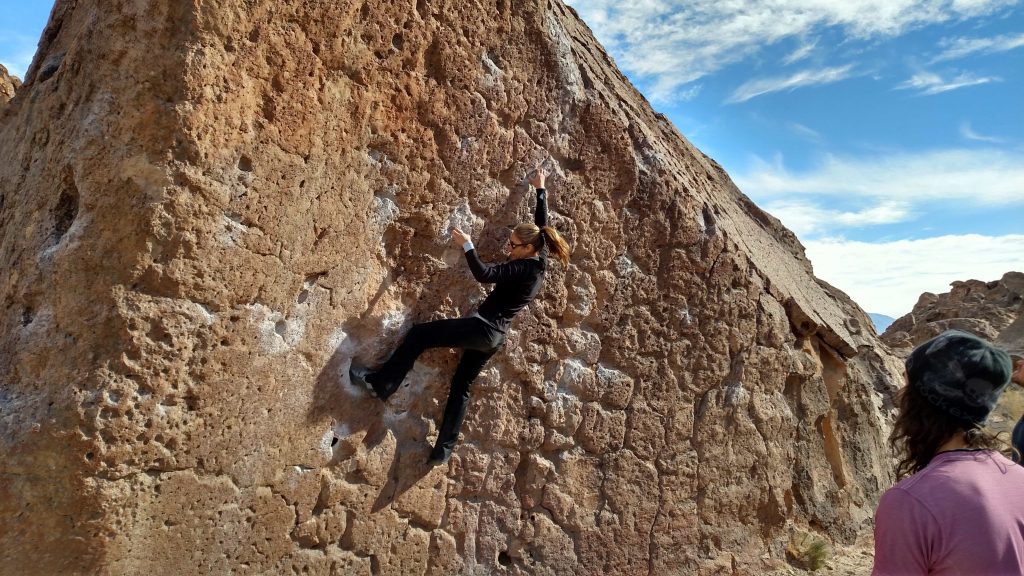
When you walk into FA Uptown or FA Avondale and see climbers sending V1’s left and right, that seems normal because that’s what we expect to see at at the climbing gym. But it’s not something the average person can just walk up and do.
A V1 can be compared to the most difficult movement in a 5.10c sport climbing route – a subjective but telling comparison. Think back to the time you first walked into a climbing gym. Were you able to climb a 5.10c with ease? I wasn’t!
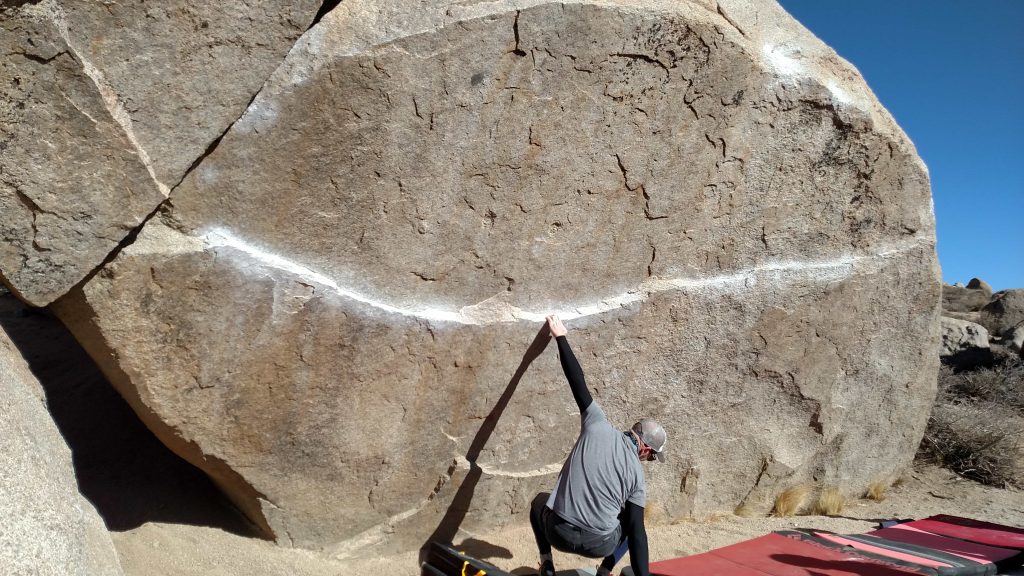
I have the privilege of talking to hundreds of climbers every week, and I’ve noticed a pattern in newer climbers. I’m talking about those who haven’t been climbing for more than two or three years.
“I’m just not good at bouldering,” or “Anything beyond V2 is impossible for me,” or “I’ll never be as strong as those guys/gals,” or “This one problem looked cool, but I fell off after one try and moved on,” are all things I’ve heard more than once from those who fall into that 0-3 years range of climbing experience.

Bouldering is a great way to keep your ego in-check. Failure and bouldering go hand-in-hand. When climbing at your grade or trying to climb above it, most attempts find you peeling off the wall, seeing a foot slip, getting too compressed or overextended, and eventually falling to a pad below.
Here’s the thing: failure when bouldering should not be discouraging! Why? Because failure is an inherent part of learning how to climb. Your body actually needs to fail in order to learn because of how your muscles create power in movement.
To boulder well, a well-balanced marriage of technique, body awareness, and power is required (also, no T-rex arms!). Usually, better technique and a more acute understanding of where a body is in space comes with time and lots of practice. Power, however, can compensate in the time it takes to become a better all-around climber, and this muscular force can develop quickly if you give it a chance.
Now, bear with some technical fitness jargon here
When a muscle is engaged as a force is applied against it, the muscle must contract to generate enough power against that force. If the force is greater than the muscle’s ability to produce a counter-force under contraction, the object applying the force won’t move.
In weightlifting, depending on how heavy a weight is and how many reps a lifter is doing, the lifter will eventually reach a point of failure – a point when s/he won’t be able to lift past a certain weight or a certain rep. Two things come into play when lifting a weight until failure: 1. Depletion of the energy source for the muscle (ATP) via anaerobic glycolysis and 2. Lack of Motor Unit recruitment. For a lifter to get stronger and do more weight or reps, s/he has to overload the muscle over time until the muscle learns to lift a heavier weight and the body makes adaptations to allow the muscle to use more ATP at heavier loads.
This same process is at work when bouldering. Let’s say a climber is trying to make a move s/he has never made before; let’s also assume the muscle has sufficient ATP stores to allow for repeated attempts. The climber’s muscles must adapt to that movement through the recruitment of motor units that are activated by a motor neuron that needs to “learn” how to fire (turn on) when the movement is made. When a muscle begins to adapt to a movement, it starts recruiting more motor unit fibers until the contractile force is such that the move can successfully be made. 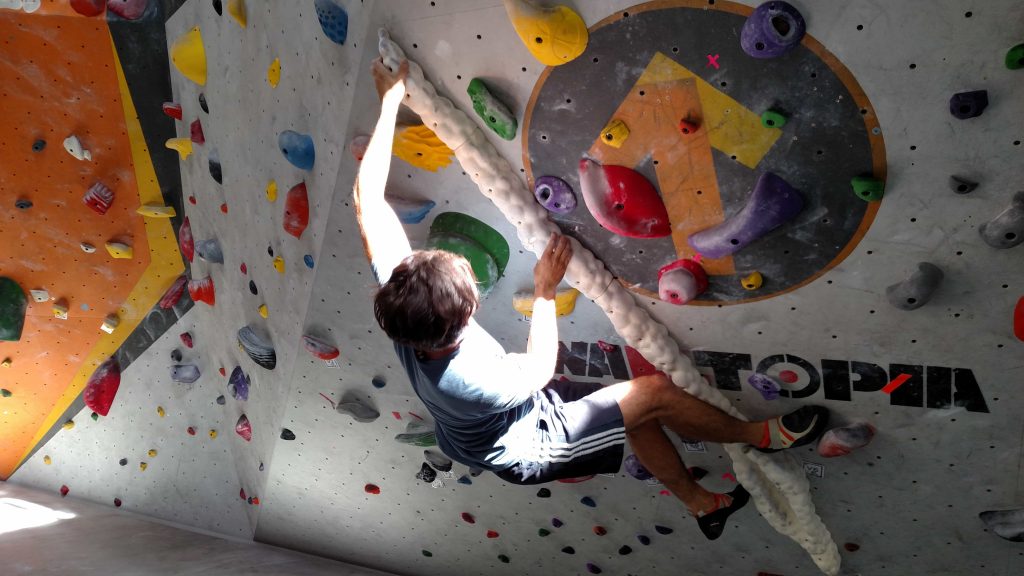
That’s why when weightlifters go for their one-rep-max (the heaviest load they can lift once), they warm-up by performing that same lift with a progression of lighter-to-heavier weight. That’s also why measureable progress can be made between the start and finish of a boulder problem when a climber continues to work a problem – what climbers call “projecting”. Moves that seemed impossible at first become easier, sometimes in just a few short minutes.
Be patient; don’t walk away from that boulder
Give your muscles’ motor unit recruitment a chance. Don’t walk away from a V1 or 2 or 3 just because you fell off that first or second move. The vast majority of bouldering is failing, but each little failure is like a door that opens in a labyrinth. After many attempts, enough of these “doors” open and the path to the finish is clear.
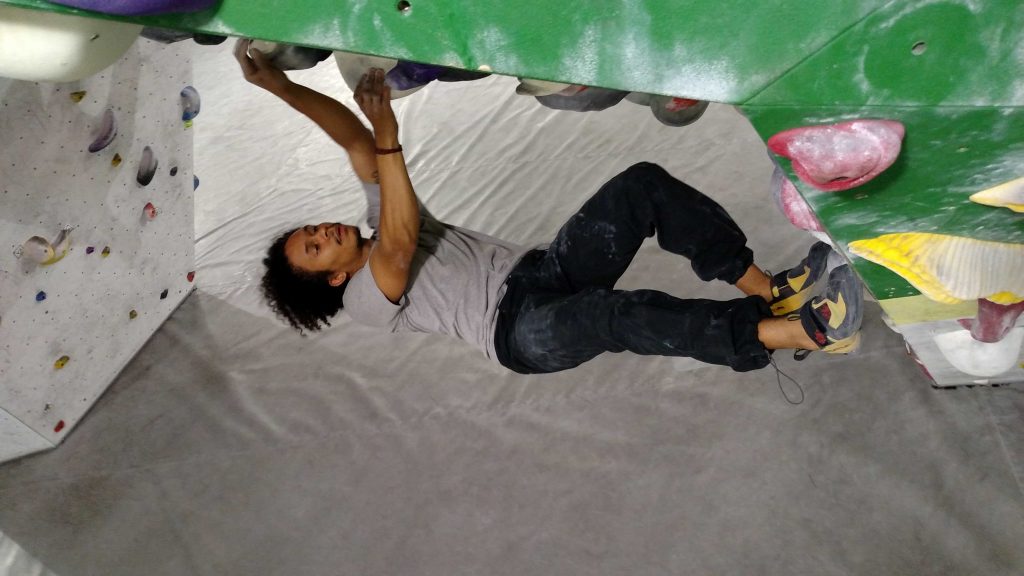
Remember that climbing – like life – is a journey, not a race. Be patient with bouldering. Take time to allow your body to catch up to what you believe you can accomplish.
Also, work projects with other climbers to get encouragement and “beta” – technique pointers specific to the boulder problem you are working on. Failure is hard, but it is significantly softened when experienced in community.
Rome was not built in a day, and those who climb V4-V17 boulder problems all started with V0 jug-hauls, too. The sweetness of giving yourself the time to fail, to one day send your goal grade or boulder problem, is priceless. For many, it’s what gets them hooked on climbing. And for any climber who sticks around long enough to see that progress, the tenacity and dedication developed while projecting boulders in the gym can be taken along for the challenging but rewarding journey we call life.
xoxo #letsclimbchicago
By: Gabriel Skvor
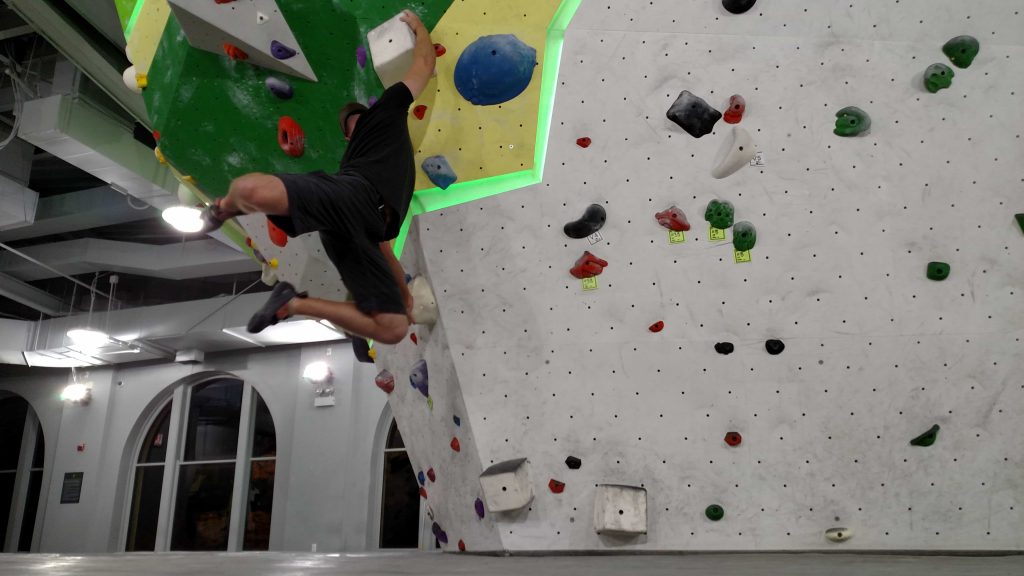
PS full disclosure: I have yet to send an outdoor V4… I’m a move away from these four: 1. 2. 3. 4. I know all y’all’s pain!
